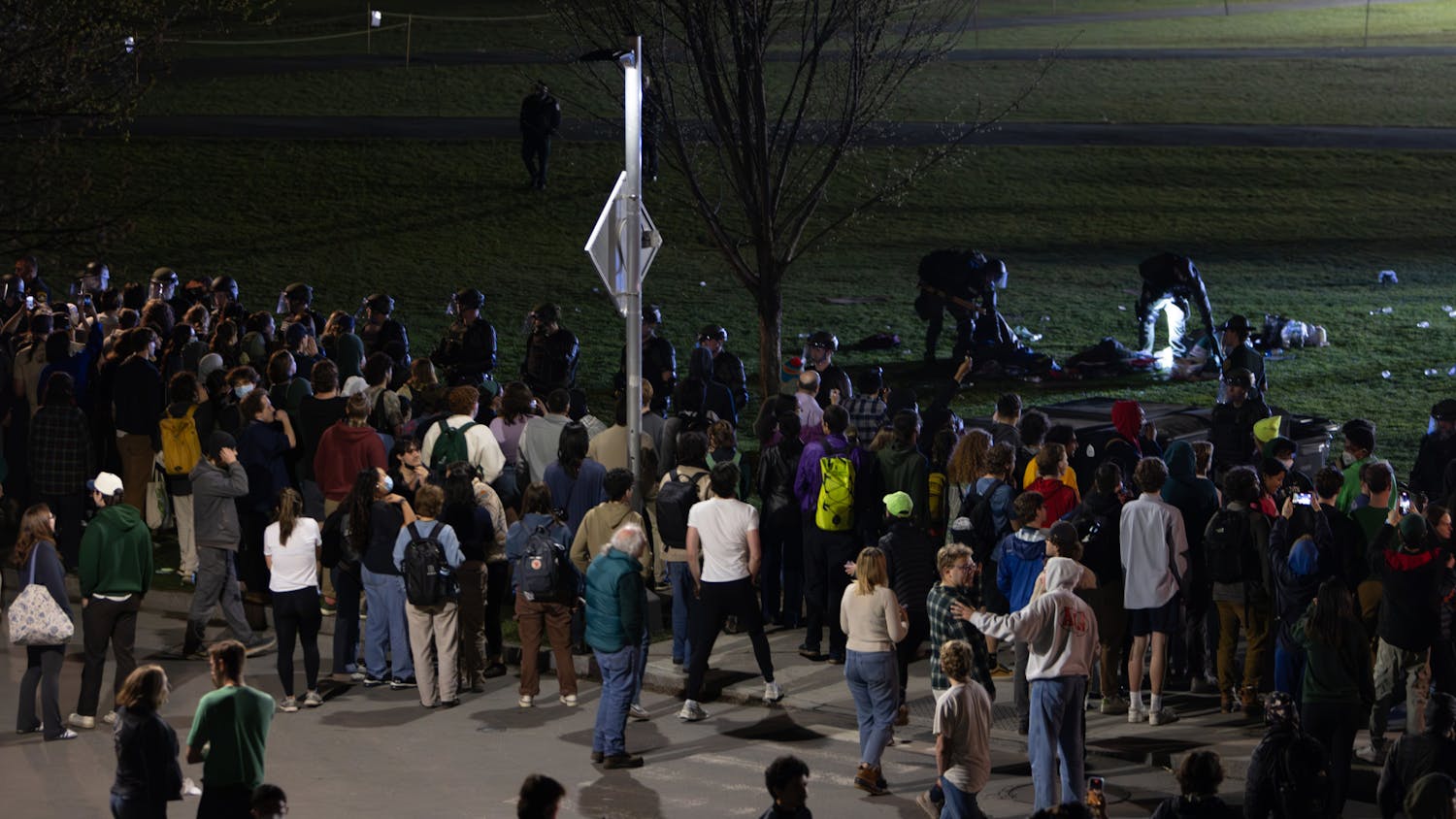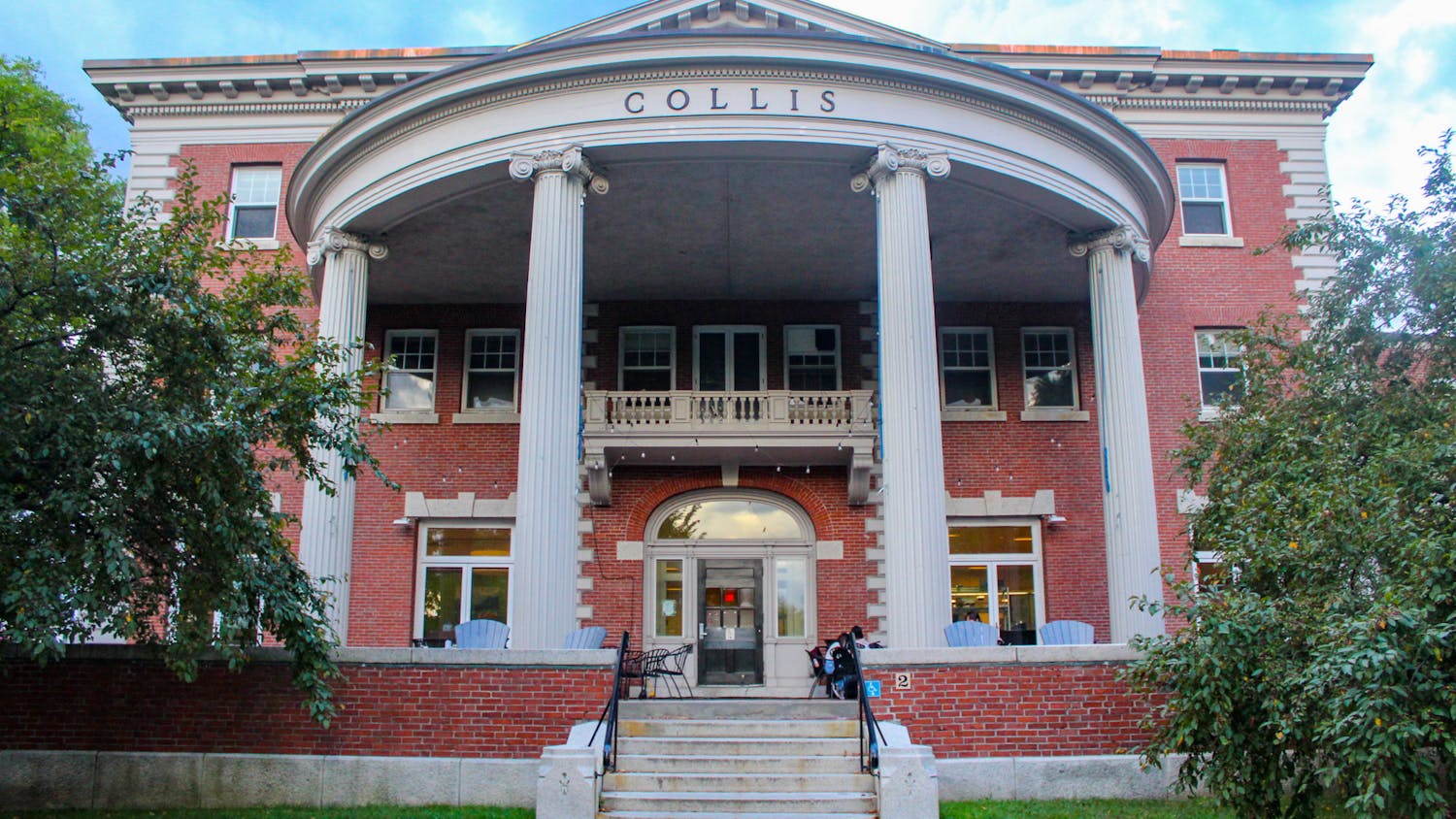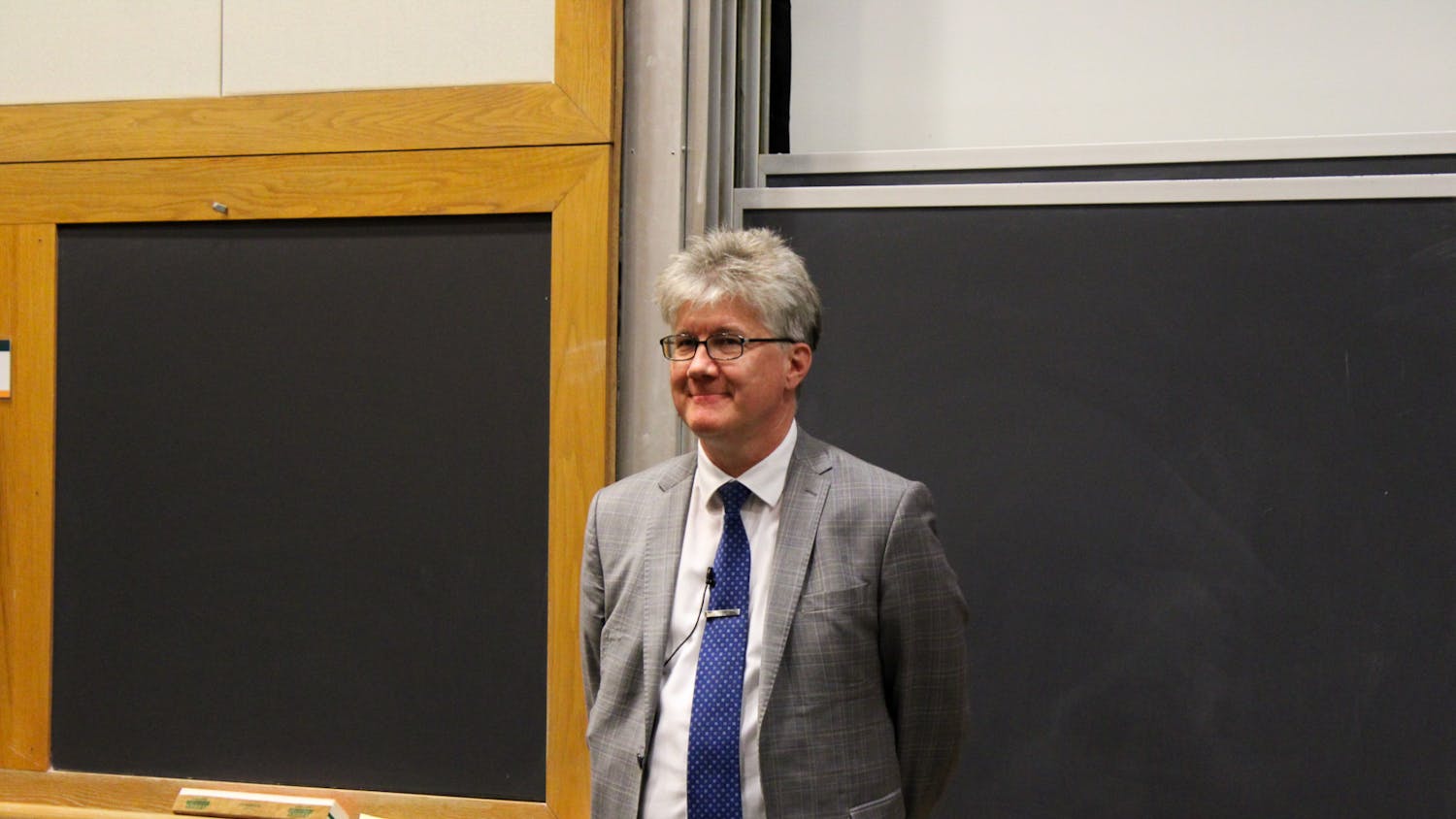As a part of campus programming for African-American history month, writer and actress Madeline McCray performed a one-act play about Bessie Coleman, the world's first female black pilot, last Friday to a mainly female audience in 105 Dartmouth Hall.
In "A Dream to Fly: The Bessie Coleman Story," part speech and part performance, McCray played the role of daredevil pioneer aviator Coleman, born in Texas in 1892.
From Coleman's point of view, McCray told the story of the aviator's struggle to fulfill her dream of becoming a pilot and of the adversity she encountered.
Her goal was to set an example and to encourage African Americans to learn what she called the "art of flying" in order to keep up with a fast-paced technical world.
"The only way to be safe is to belong to the future," McCray said. She added in Coleman's role, "I risked my life to further my race."
In an imagined conversation with a young journalist, she described the first solo flight, pacing on stage. McCray spoke of the excitement of sitting in the plane alone and feeling it lift into the air.
"I smiled so hard, my cheeks hurt, and at the same time I wanted to cry," she said.
Coleman worked on cotton fields, held odd jobs and scraped and saved pennies to pay for part of her college education. Feeling confined in Texas, she moved to Chicago. Dancing, laughing and moving all over the stage, McCray described the excitement and allure of a large city.
She worked as a manicurist but always "had a yearning for real satisfaction in a job," McCray said.
As Coleman, McCray said, "I wanted to do something spectacular, something that mattered."
An article about a female pilot sparked Coleman's desire to take the same path. She decided to pursue a career in aviation, but others ridiculed her plan. As a black woman, she had two obstacles to overcome when she applied to Chicago flying schools.
McCray described the humiliation and discouragement Coleman felt when one flying school after another rejected her. When the final one mistook her for a cleaning girl, she paused at the door, told the receptionist to remember her name and said "I refuse to take no for an answer," McCray said.
Coleman found help with Robert Abbott, founder and chief editor of the Chicago Weekly Defender, who encouraged her to learn French and to go to France for aviation training.
After seven months of training at an accredited aviation school, Coleman became the first African American to receive an international pilot's license, as well as the first black female pilot ever.
Convinced that "we must have aviators to keep in touch with time," as McCray said in her role, Coleman returned to America to open an aviation school.
Seeking financial support for her flying school, she performed attention-grabbing stunts such as parachuting out of her plane, wing-walking and flying figures.
After Coleman survived a plane crash with only a broken leg, McCray said in her words, "I knew I can do anything." She described how the pilot was able to face opposition with dignity and courage. Coleman's efforts generated a strong interest in aviation among African Americans.
McCray assumed a different role at the end of her performance, when she kneeled at the back of the stage and read aloud from a newspaper clipping about Coleman's death. In April of 1926, Coleman fell from her plane while conducting a test-flight. More than 10,000 people attended her funeral.
In an interview, Coleman had summed up the story of her career with the words, "I dreamed, I made up my mind to try, I tried and was successful."



